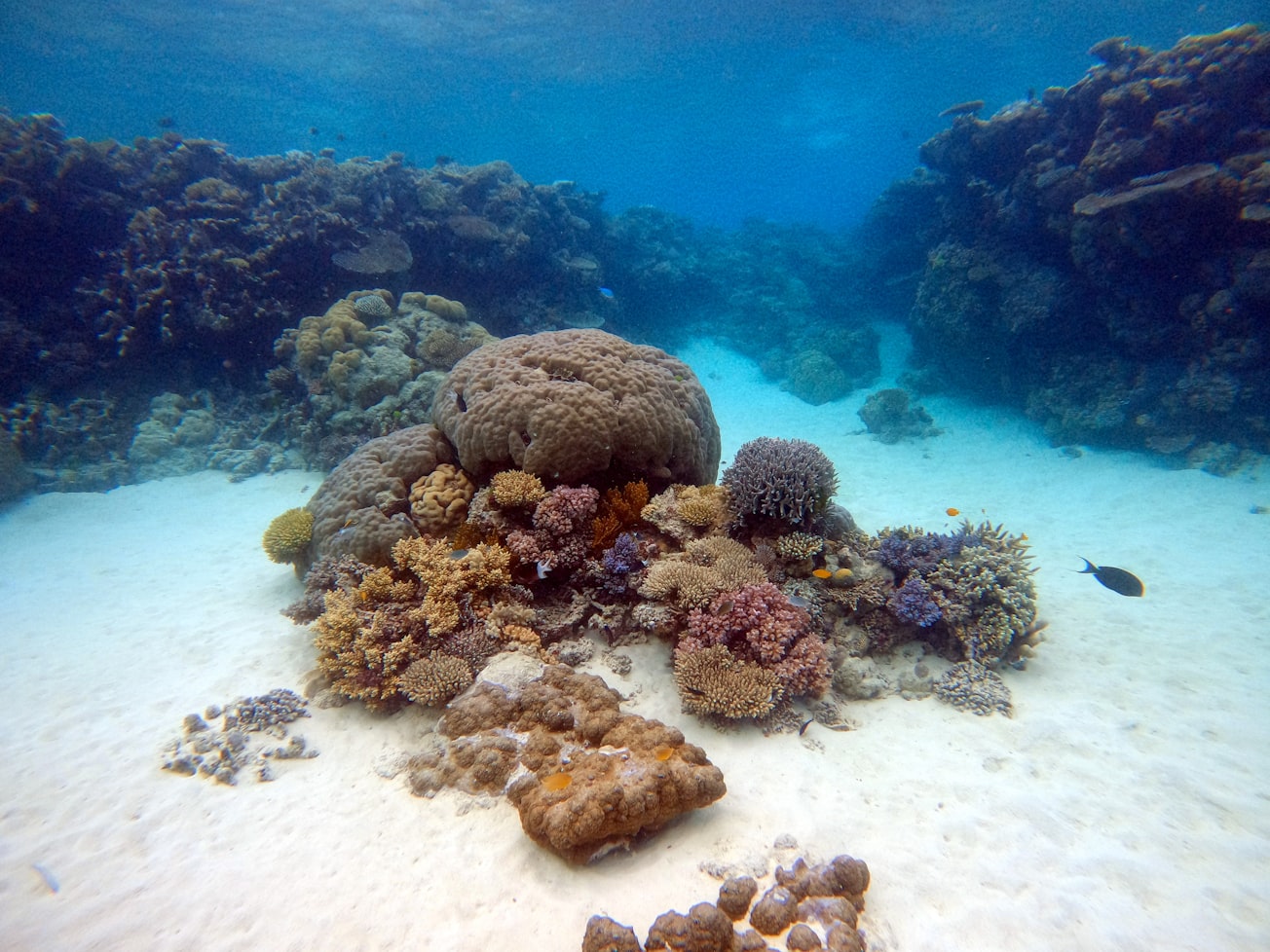What is it about?
This research paper aims to identify a potential anticancer peptide from marine sponge X. testudinaria, using LC-MS/MS analysis and database searching. The two peptides identified, KENPVLSLVNGMF and LLATIPKVGVFSILV, were tested for cytotoxicity on HeLa cells in a dose-dependent manner. Of these, only KENPVLSLVNGMF showed significant cytotoxicity towards HeLa cells with minimal toxicity to the Hek293 cell line at the tested concentration. Further analyses of this synthetic peptide revealed it had a half-life of 3.2 ± 0.5 h in human serum as revealed by RP-HPLC tests, making it an ideal candidate for further development as an anticancer drug lead with superior efficacy than existing drugs like 5-fluorouracil (EC50:2.56 mM).
Featured Image

Photo by Daniel Pelaez Duque on Unsplash
Why is it important?
This research paper is important as it identifies a novel peptide, KENPVLSLVNGMF, from the marine sponge X. testudinaria with potential as an anticancer drug lead. The synthetic peptide showed cytotoxicity towards HeLa cells in a dose-dependent manner, and was more potent than 5-fluorouracil (an existing anticancer drug). Additionally, the peptide had minimal toxicity to the non-cancerous human embryonic kidney cell line Hek293 when tested at its effective concentration for cancer cells. This suggests that this newly identified bioactive compound could be developed into specific and potent drugs against cancer with fewer side effects on normal tissues compared to conventional chemotherapy agents. The study further highlights how amphiphilicity plays an essential role in peptides' ability to bind and penetrate cancer cell membranes leading them toward apoptosis or programmed death of these malignant cells selectively without harming healthy ones. Furthermore, identifying new sources of bioactive compounds like marine organisms can provide valuable resources for discovering future treatments for various diseases such as cancers where current therapies have limitations due to their toxicities or resistance development over time by tumor cells themselves.
Read the Original
This page is a summary of: Identification of Novel Cytotoxic Peptide KENPVLSLVNGMF from Marine Sponge Xestospongia testudinaria, with Characterization of Stability in Human Serum, International Journal of Peptide Research and Therapeutics, June 2017, Springer Science + Business Media,
DOI: 10.1007/s10989-017-9604-6.
You can read the full text:
Contributors
The following have contributed to this page







